INTRODUCTION

So far 2012 is the only year inside which I’ve seen so many manufacturers release and announce both network/hdd media players and HTPC solutions which brings about the question which is the best solution for people. Honestly that's not something one can answer mainly because each of us has a different set of needs and requirements so whereas some people just want to watch a movie in which case a network/hdd media player would be the obvious choice others may want to also play games, surf the web, use social sites and a lot more so an HTPC would be a far more suitable solution. Personally i like to have several different devices each ment for a different purpose so naturally I’ll always prefer an good network/hdd media player and an desktop system over an single HTPC (unless of course i couldn't afford both). Today however we will be testing one of the entry-level media players in the market, the aios HD media center by Pivos Technology Group.
Established in Fremont, California, Pivos Technology Group, Inc., is a firm set to challenge the curve of our conversation with technology, redefine and create new breed of devices. Our mission is to breathe innovation, performance and quality into technology products with utmost creative and human engineering. Our products are focused on the emerging market of digital peripherals, where computing technology joins today's rich internet media contents. They all share a common goal to simplify your needs for store, deliver and playback of local, networked, or internet media data. Coupled with latest embedded technology, Pivos offers a range of consumer and commercial applications. Founded by a group of industrial veteran and renowned platform developers, Pivos's decades of industrial and product development experience formed the foundation to our ideas and believes. Infused with multi-cultural corporate infrastructure, we promote out of the box thinking and freedom of concepts. Together we create the perfect team to realize the mission to success.
Pivos announced the release of two network/HDD media players for the period 2011-2012, the aios HD media center which we have here today and the Xios HD media server which should be released by the end of May (and also with us soon). Much like most cost-effective solutions the aios HD media center features the second best HD decoding chipset by Realtek, the RTD1185DD. So since we've used and also tested quite a few solutions based on the RTD1185DD we knew right from the beginning what to expect in terms of video/audio quality from the aios HD media center. However network/hdd media players are a lot more than just their video/audio quality so let's see what Pivos has to offer with the aios HD media center.
SPECIFICATIONS AND FEATURES
PACKAGING AND CONTENTS
The front of the box is quite empty (compared to others) and so we only see a product image, the product name and the product features as several small orange boxes.
A large sticker containing contact information for the Pivos Technology Group is placed at the right side of the box.
At the top of the box you will find a list with the contents of the bundle, the product requirements and everything supported by the aios HD media center from subtitle types and languages up to the available output connectors.
The rear of the box is pretty much filled with all the capabilities of the aios HD media center.
The aios HD media center is packed between two small Styrofoam spacers and the rest of the bundle is placed inside a large white cardboard box.
Unfortunately there's no HDMI cable included in the bundle, however it comes with pretty much everything needed included the aios HD media center, RCA cables (A/V), quick start guide, user's guide, USB host cable, AC power adapter, two AAA batteries, two HDD mounting screws and the remote control.
THE AIOS EXTERIOR
The remote control bundled with the aios is quite large, has large buttons placed where they should be but just like with 90% of the remotes we find with media players it lacks illumination for the buttons.
Thanks to the brushed dark aluminum body (front and back excluded) the aios HD media center is an elegant and quite small unit measuring just 190mm in width, 175mm in depth and 70mm in height while weighing 900g (without an internal HDD).
Pivos has placed he aios logo at the far left of the front fascia.
A very small VFW screen is present at the center of the front fascia right next to the IR receiver.
The On/Off touch button is quite large and features blue illumination when the device is turned on.
At the left side the aios features a convenient card reader compatible with MMC/SDHC/MSPro cards.
A USB 2.0 port is present at the right side.
At the right side we also see the 3.5" hot-swap HDD bay.
No complaint from me when it comes to available connectors since the rear is filled with them.
So from left to right we see a 40mm exhaust fan, component connectors, A/V connectors, optical and coaxial digital audio outputs, Gigabit Ethernet, 2 USB 2.0 ports, HDMI 1.3, USB 3.0 host port, on/off power switch and the DC input.
The aios HD media center sits ontop of 4 round plastic feet which you can remove if you want (all 4 are attached onto the main chassis with screws).
THE AIOS INTERIOR
Dismantling the aios HD media center was not easy but since i had more time in my hands than usual i did it anyways.
The main PCB was attached to the hot-swap 3.5" HDD bay so in order to take a close look i had to remove it.
Pivos did not place a heatsink on the RTD1185DD chipset and although normally it doesn't get hot enough to require extra cooling still during very hot summer days that may not be the case.
As expected the aios HD media center uses the same NT5TU64M16GG-AC DDR2-667/800 memory modules by Nanya as most RTD1185 based players.
On the aios PCB we also see the JMS539 SATA II to USB 3.0 bridge controller by JMicron.
A single Hynix 2GB (256x8) NAND Flash module is also present on the PCB.
USING THE UNIT
Before you start using the unit i strongly recommend heading over to the official Pivos Technology Group support page to download the latest firmware update since it resolves many issues found with the original.
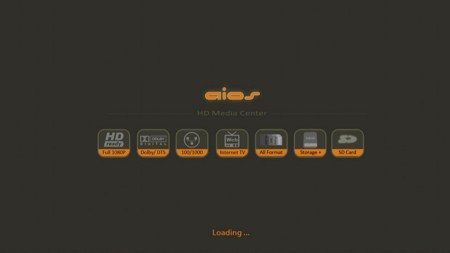
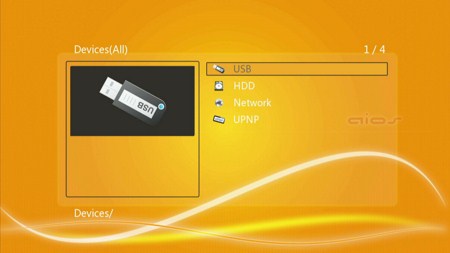
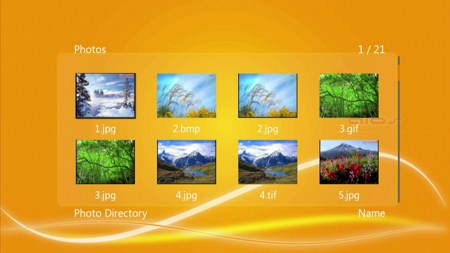
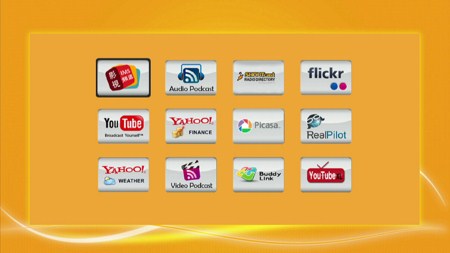
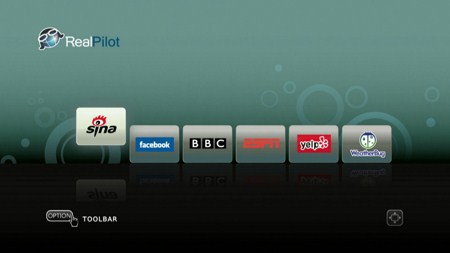
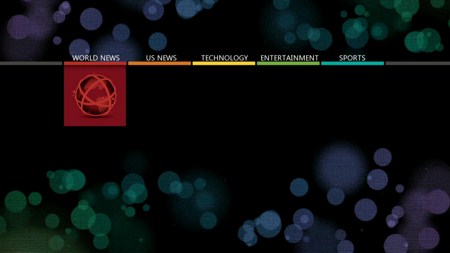

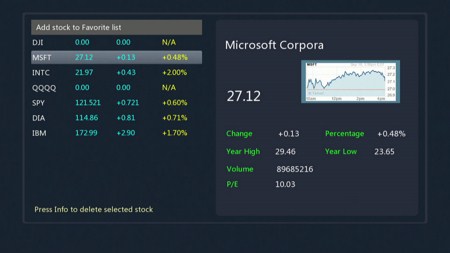
Luckily the GUI of the aios HD media center is even more user-friendly than the one of the R300 by Egreat (and also has a lot brighter colors). It's still not perfect since the quality of some icons is not what is should and even after the last firmware there are still a few typos present but considering that this is their first try I’d say they did quite well.
TESTING METHODOLOGY - TEST RESULTS
After thinking it over i have decided on performing the same exact tests for all the Media Players i review. This occurred right after some of you emailed me while on my previous position asking for a more reliable methodology when testing such players/recorders. To be honest this may complicate things but it should also save me quite a bit of time. So from now and on testing will be performed with the help of 4 specific MKV media files and several BDISO, MOV, RMVB and AVI ones, with bitrates of up to 35Mbps, something which as many of you know is not easy to come by. Of course the 4 specific MKV files are ones i ripped myself from 4 Blu-Ray titles i currently own in order to not only manage to hit the desired bitrate of up to 35Mbps but also use specific, high detailed scenes. My good old SONY 55A2000 (already 3+ years old but still my favorite) along with my latest Panasonic TX-P42S20 are the two screens i will be using for testing. In due time and when i finally see a 3D Screen that really makes me want to buy it i will also start using 3D material for testing but currently that is simply not possible and so i can't comment on 3D results. As for sound the audio/video amplifiers used with the two screens are the Yamaha RX-650 and the Yamaha RX-V463 coupled with 5.1 systems by TANNOY and Crystal Audio.
The aios HD media center has been with us since early March so we had almost two full months to test it again and again. Now although during the first half the first firmware updates failed to resolve some of the issues we found (typos, freezing when external USB devices are connected due to media file scanning, Wi-Fi discovery not the best, sketchy support for 3TB drives) still Pivos did start to provide us with new firmware updates and so right now most of those issues have been resolved and the aios is finally what it should be from day one. The only issue that i have with the aios HD media center is the dark video output (compared to other RTD1185DD based units) and although you can fix it from the image settings menu still i don't know the reason behind that (could be a problem with our test sample). Finally it would be nice if Pivos shipped the aios HD media center with a Wi-Fi USB dongle for people who want to be 100% certain it will work as it should. I did use the aios with two Wi-Fi dongles, one from ACRyan and one from TRENDnet but i did experience issues with hidden/stored networks which were not completely resolved with any of the firmware updates released till this day.
Bellow you will find 4 different screenshots from the 4 specific MKV media files i mentioned above featuring a bit rate between 20 and 35Mbps. The resolution has remained unchanged (however the files are compressed to JPEG to save space on the server) at 1920x1080.
CONCLUSION
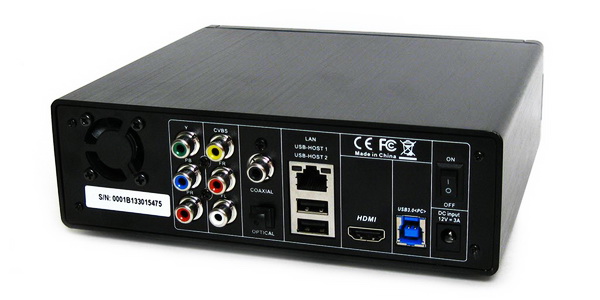
Testing the aios HD media center from Pivos proved to be quite the experience since I’ve never actually used/tested a network/hdd media player with so many typos in the menus. Luckily none of the bugs i came across were serious enough to hinder the operation of the unit but even the few typos , USB and Wi-Fi issues is not something i see every day with similar products. On the other hand Pivos is a brand new company and the aios HD media player is their first attempt to enter this segment of the market so did i expect to receive a flawless network/hdd media player that could easily surpass the competition? Of course not and since I’ve been testing media players almost from the start I’ve seen many initial attempts by the now leading manufacturers in the field some of which were a lot buggier and cost a lot more than what the aios HD media center does.
So yes the aios HD Media Player by Pivos is not the perfect network/hdd media player out there but with a retail price tag of just USD94.99 inside the USA (Newegg/TigerDirect) i doubt there's anyone out there who actually expects perfection. As always there are countless other solutions in the market for people who are after a more complete package than the aios HD media center and those aside Pivos is also releasing the Xios Media Server by the end of the month so if you think that the aios is not enough to cover your needs you can always wait to see what the Xios is capable of. Personally i always weigh things and i can say that although far from perfect the aios HD media server does offer a wide range of features (hot-swap HDD drive bay, active cooling, coaxial and optical audio outputs, card reader, gigabit Ethernet, 3 USB ports) and is amongst the cheapest RTD1185DD based network/hdd media players in the market currently (if not the cheapest) so those things are more than enough for it to receive our Golden Award. I just hope that Pivos continues the same excellent product support they currently have forever.

PROS
- Build Quality (Brushed Aluminum Enclosure)
- Performance (Realtek RTD1185)
- Hot-Swap 3.5" HDD Bay
- Coaxial/Optical Audio Outputs
- USB 3.0 Host Port
- Card Reader
- Price
- Current Product Support
CONS
- Initial Bugs (Most Of Them Resolved)
- Remote Control Lacks Button Illumination

 O-Sense
O-Sense






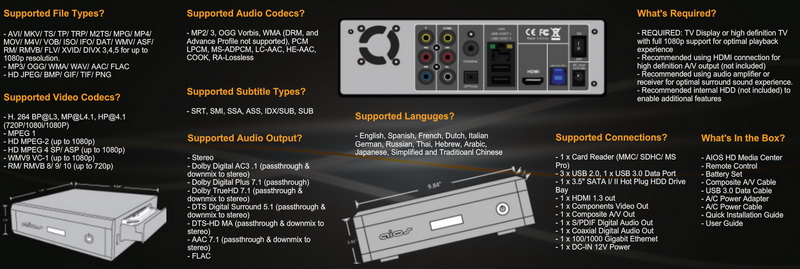
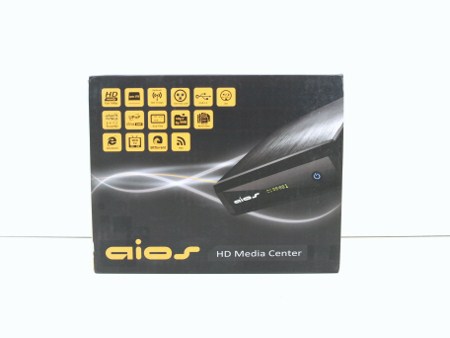
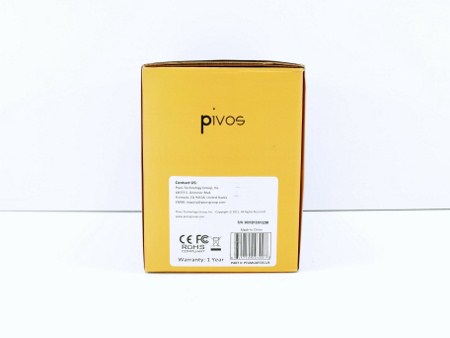
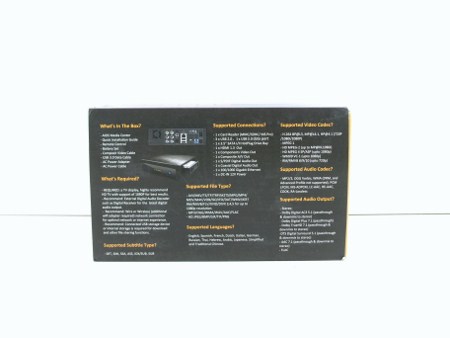

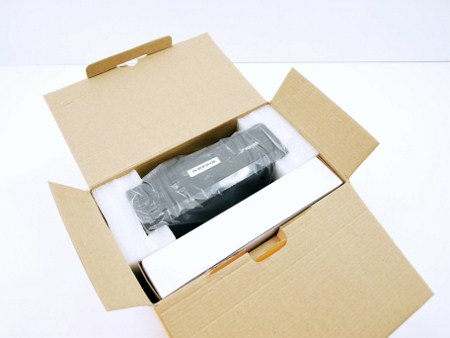
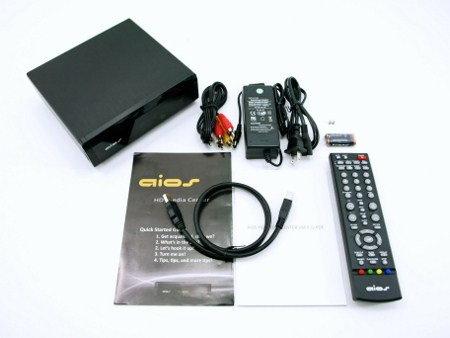
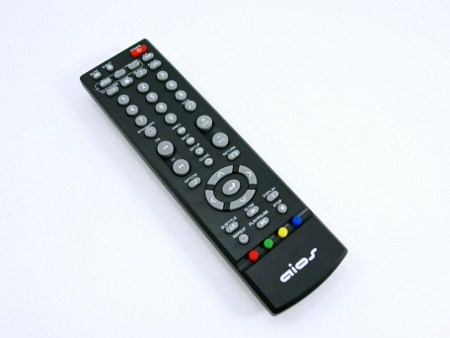
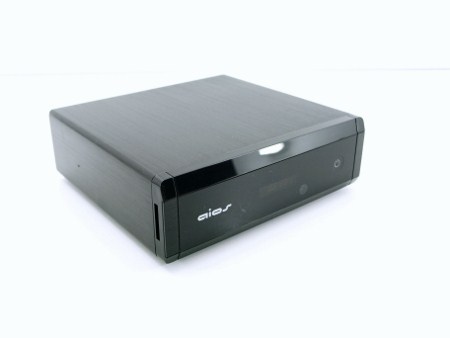
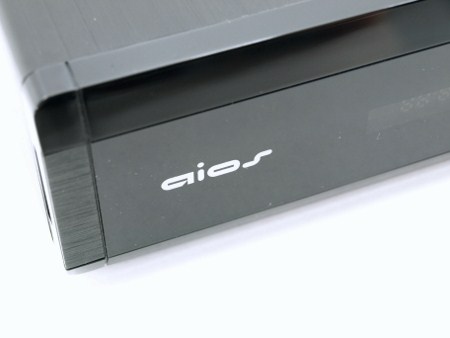
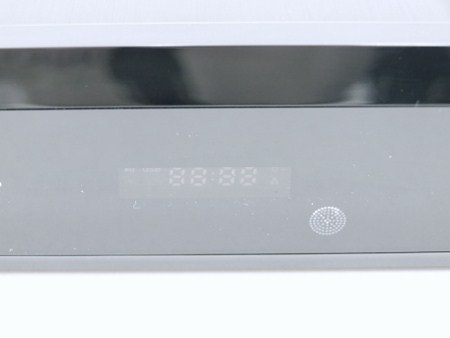
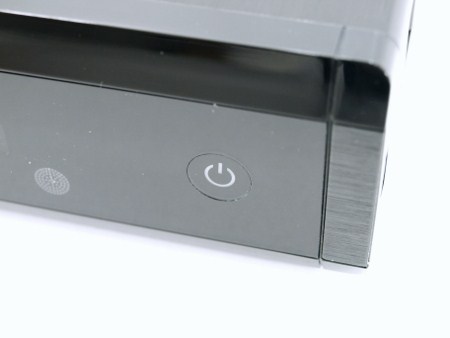
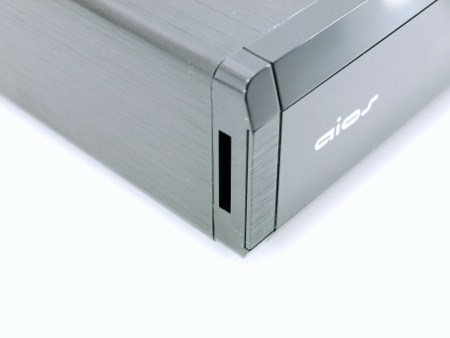
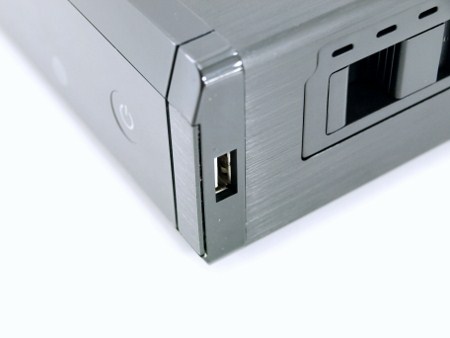
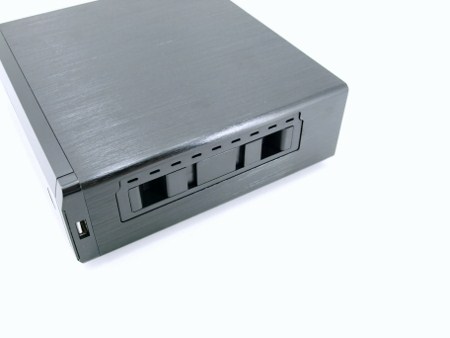
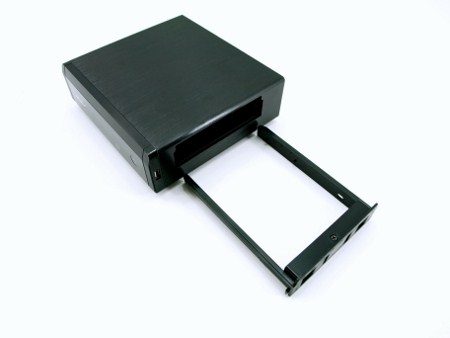

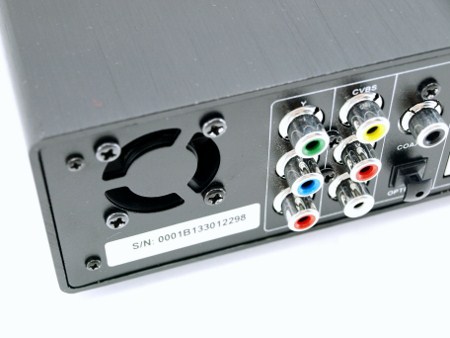
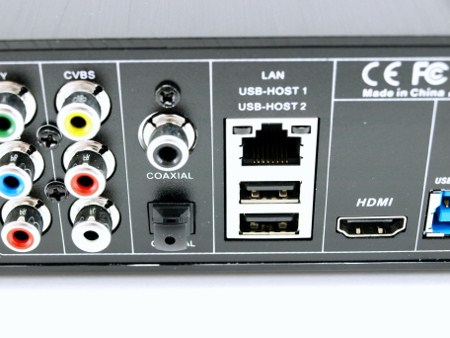


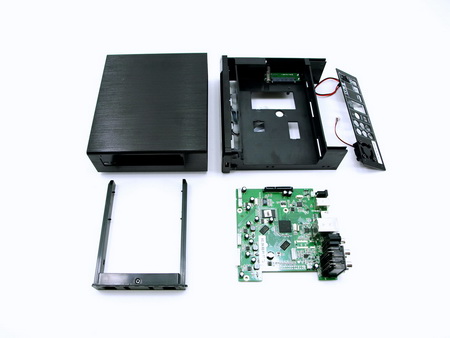
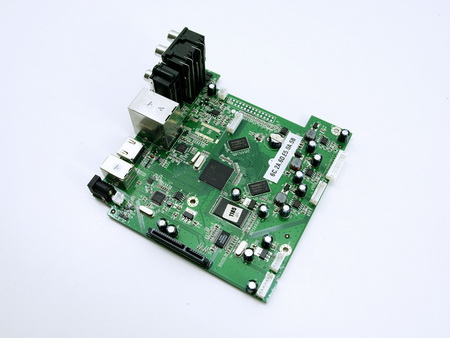

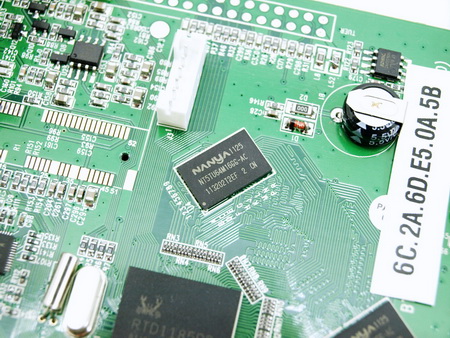

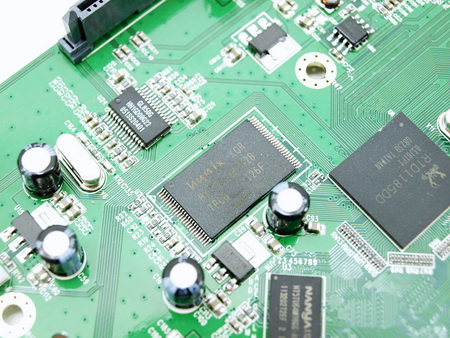
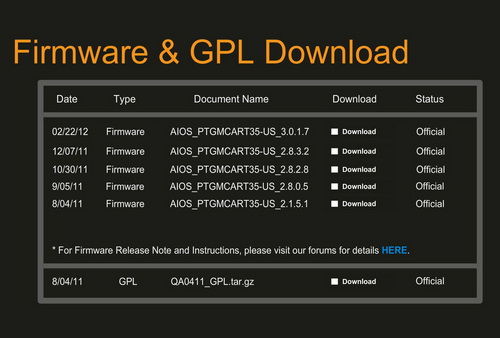






.png)

